Properties
| Storage Buffer | 25mM HEPES pH 7.2, 50mM NaCl, 1mM DTT, 10% glycerol |
| Storage Temperature | -20ºC |
| Shipping Temperature | Blue Ice or 4ºC |
| Purification | Affinity Purified |
| Cite This Product | Human Recombinant HOP Protein (StressMarq Biosciences | Victoria, BC CANADA | Catalog# SPR-302) |
| Certificate of Analysis | This product has been certified >90% pure using SDS PAGE analysis. 4uM SPR-302, when added to 2uM SPR-300 (Aha1)-activated HSP90 (2uM; His-tagged HSP90 beta) in 33mM Hepes pH7.2, 30mM NaCl, 5mM MgCl2, 1mM DTT, 1.5mM ATP in a 100ul reaction at 37 degrees C, eliminated all Aha1-mediated ATPase stimulation as well as intrinsic HSP90 ATPase activity. (This is an enzyme-linked ATP regeneration assay tracking loss of NADH absorbance at 340nm). |
Biological Description
| Alternative Names | HOP, HSP co chaperone, STIP1, Stress-induced-phosphoprotein 1, Hsp70/Hsp90-organizing |
| Research Areas | Cancer, Heat Shock |
| Cellular Localization | Cytoplasm, Nucleus |
| Accession Number | NP_006810.1 |
| Gene ID | 10963 |
| Swiss Prot | P31948 |
| Scientific Background |
HOP (HSP70-HSP90 Organizing Protein) is a co-chaperone that facilitates the transfer of client proteins between HSP70 and HSP90, coordinating their folding and maturation. It acts as a scaffold, linking the two chaperone systems and ensuring efficient proteostasis under both normal and stress conditions. In the context of neurodegenerative disease, HOP is essential for managing the folding of proteins involved in neuronal signaling, cytoskeletal integrity, and synaptic function. Its role becomes particularly important in diseases characterized by protein misfolding and aggregation, such as Alzheimer’s, Parkinson’s, and ALS. HOP’s ability to regulate the chaperone cycle influences the fate of neurotoxic proteins like tau and α-synuclein. Altered HOP expression or function can disrupt this balance, leading to impaired protein clearance and neuronal dysfunction. As such, HOP is a potential therapeutic target for modulating chaperone activity and enhancing neuroprotection in degenerative brain disorders. |
| References |
1. Flom G., Behal R.H., Rosen L., Cole D.G., Johnson J.L. (2007) Biochem J. 404(1): 159-167. 2. Harst A., Lin H., Obermann W.M. (2005) Biochem J. 387 (pt3): 789-796. 3. Honore B.H., et al. (1992) J Biol Chem. 267: 8485-8491. 4. Nicolet C.M., et al. (1989) Mol Cell Bio. 9: 3638-3646. |

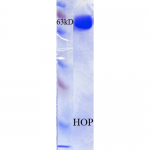
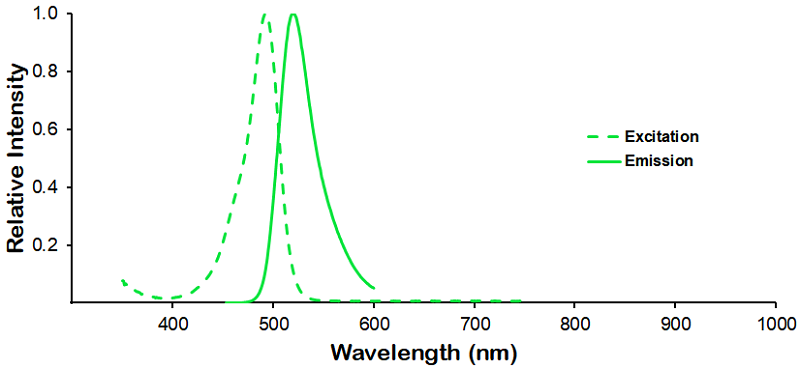
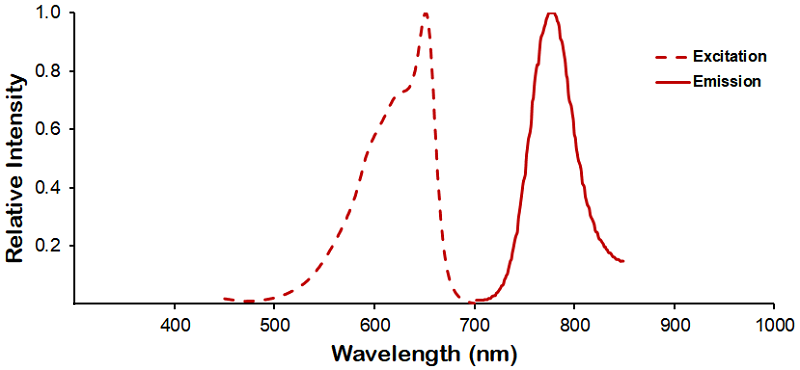
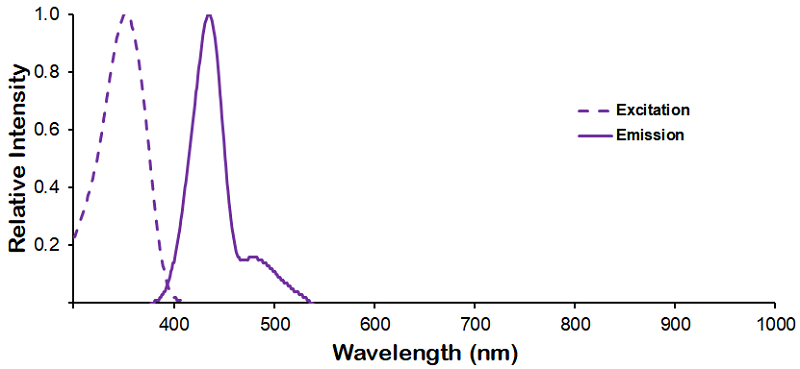
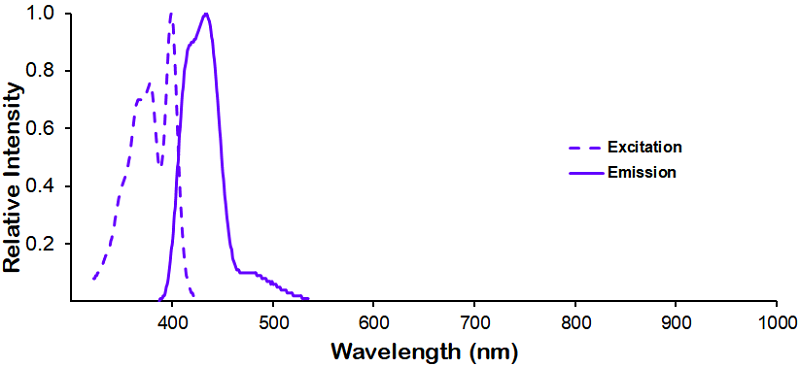
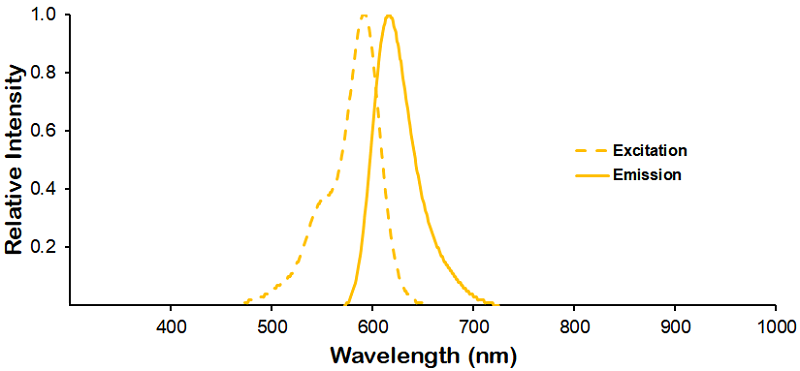
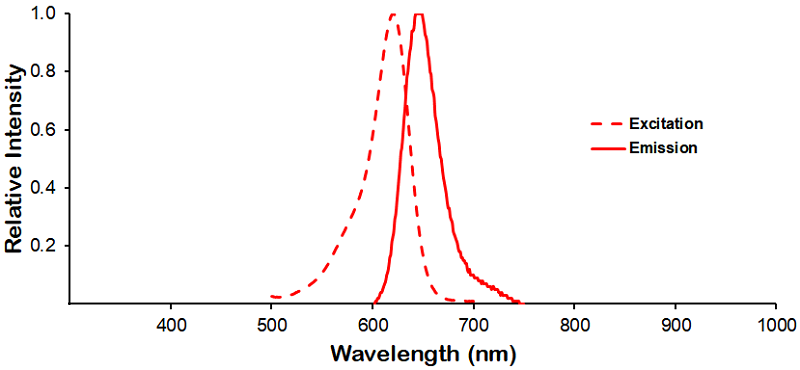
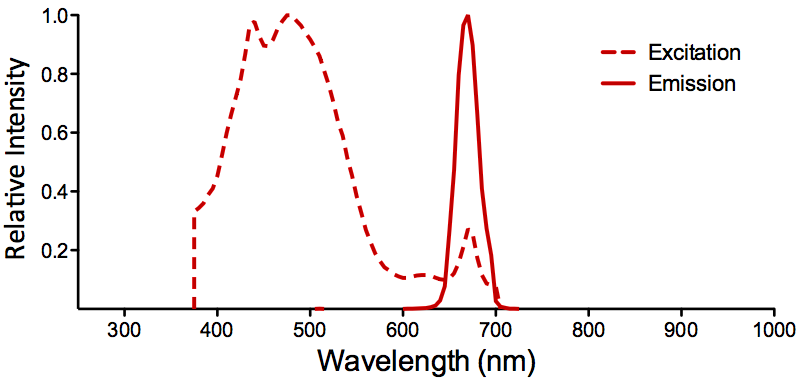
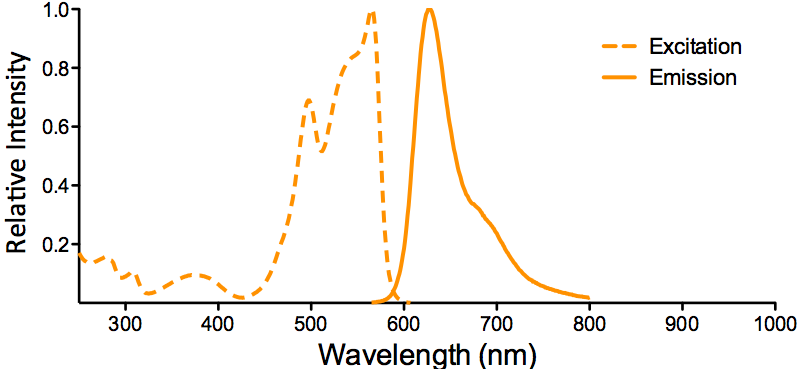
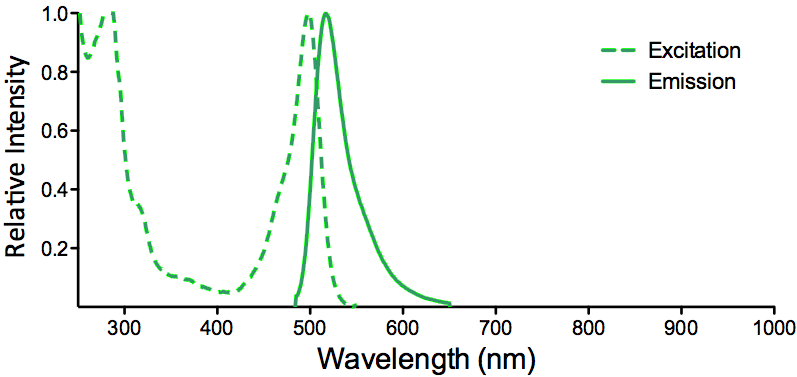
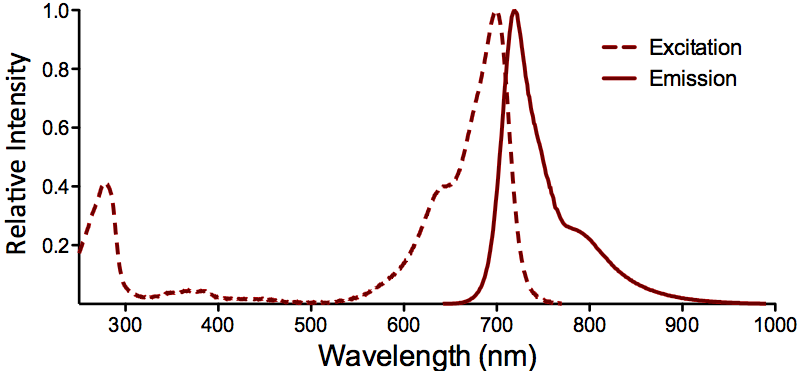
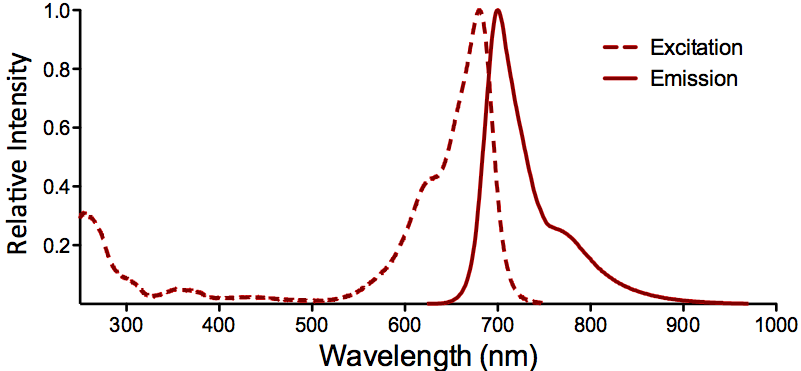
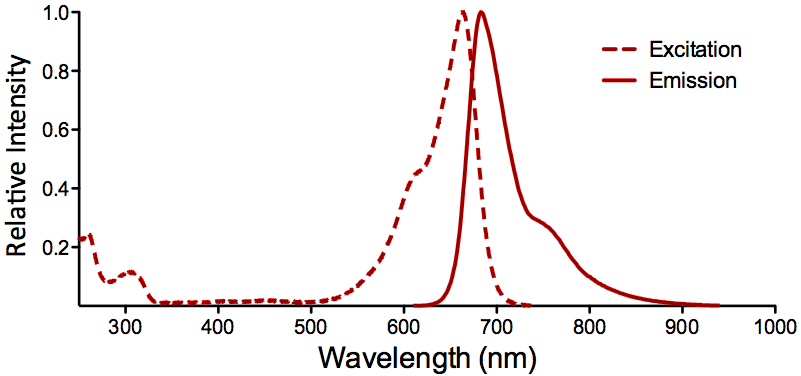
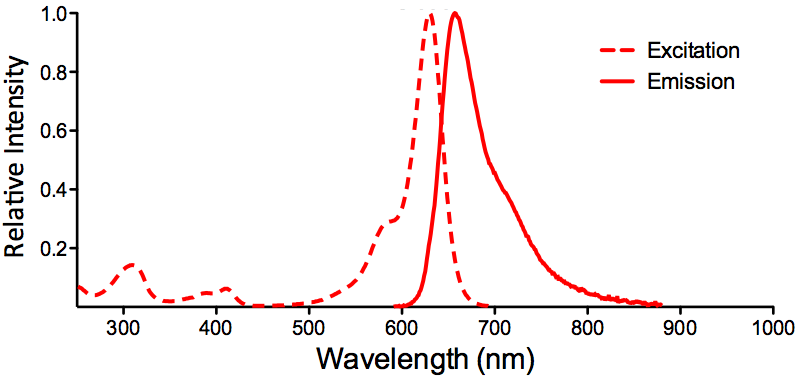
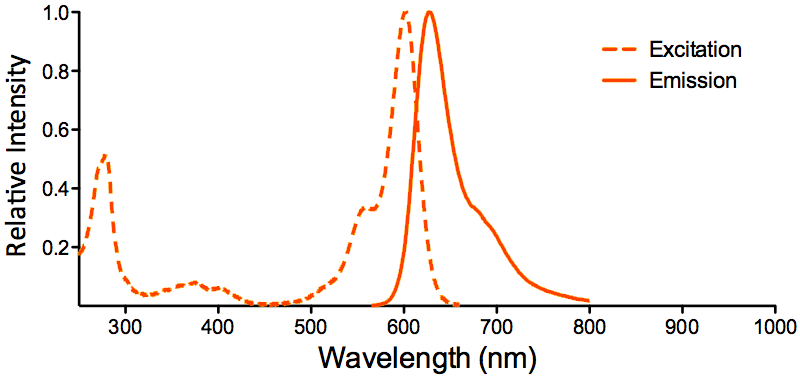
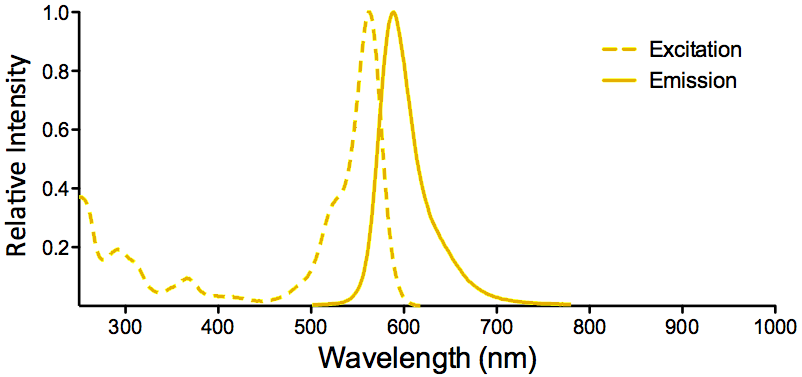
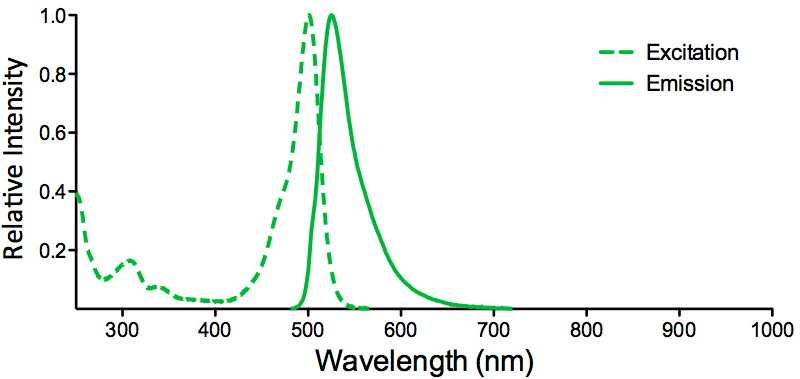
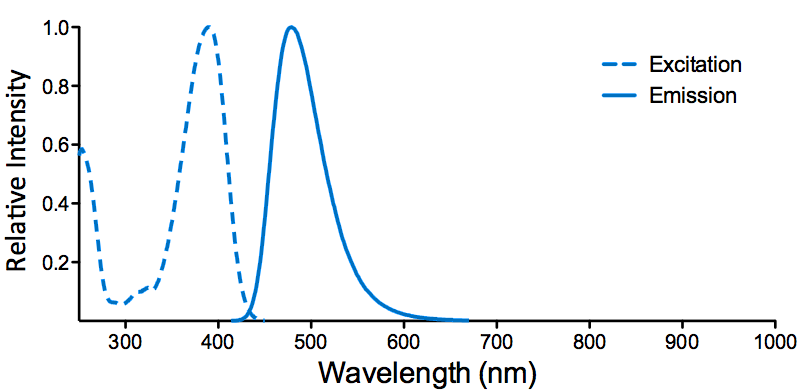
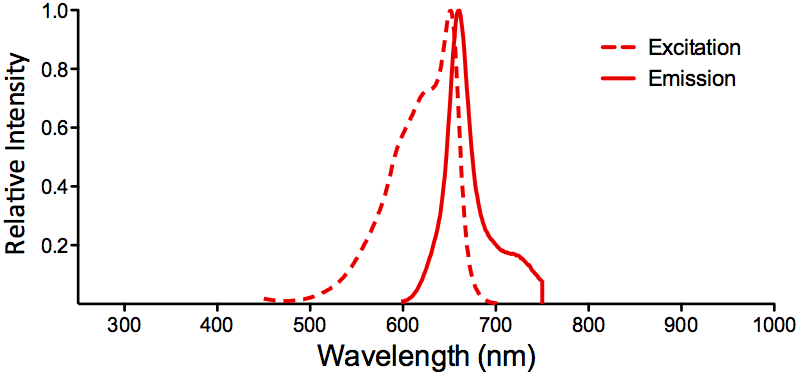
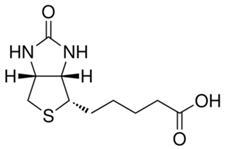
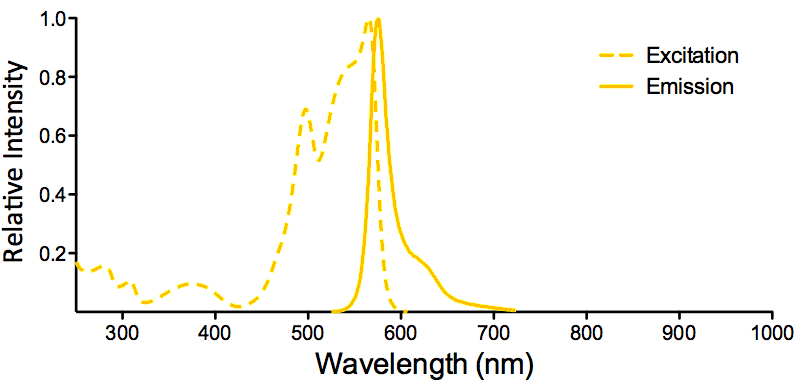
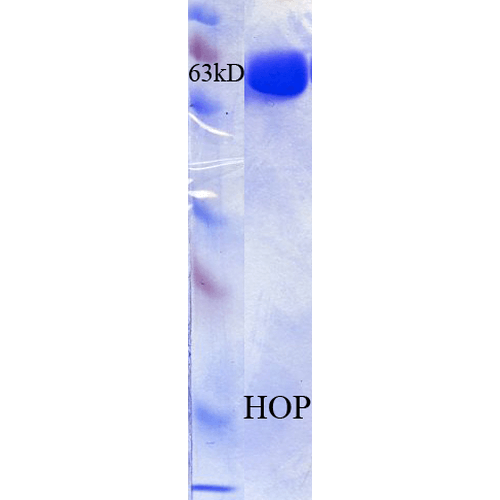
StressMarq Biosciences :
Based on validation through cited publications.